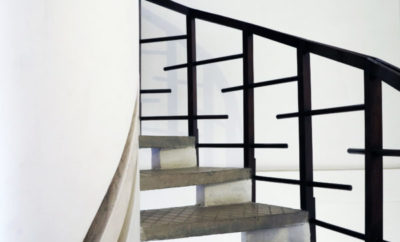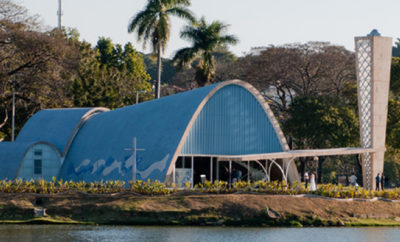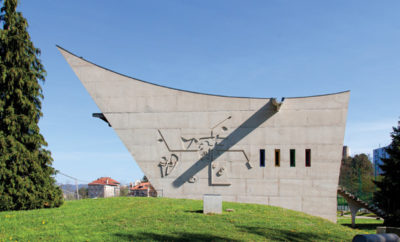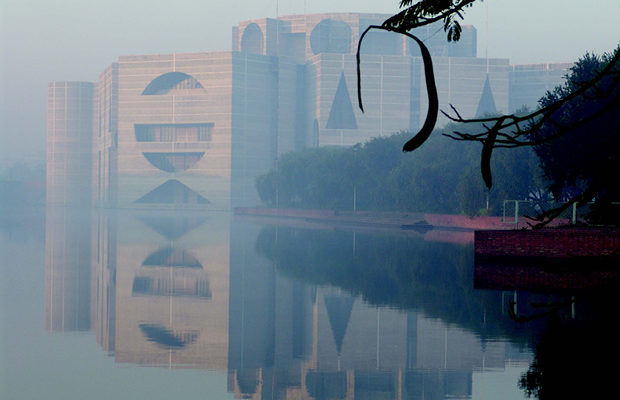 WIKIMEDIA COMMONS
WIKIMEDIA COMMONS
Architecture
Louis Kahn’s Sublime Geometry of Terror
IN THE NATIONAL ASSEMBLY at Dhaka, in Bangladesh, Louis I. Kahn embodied his love for the ruins of Rome, especially as they had been drawn by the Italian architect Giovanni Battista Piranesi in the middle of the eighteenth century. In those drawings Piranesi had begun to create a new and appropriate aesthetic for the modern centuries to come, that of the sublime, rather than the beautiful. It was an architecture of fear. In it, classical forms, the enduring images of western civilization, could turn dangerous, creatures of darkness and threat. That, at least, is what Kahn perceived and took for his own as he wandered, lonely and baffled, through the ruins: the geometry of terror.
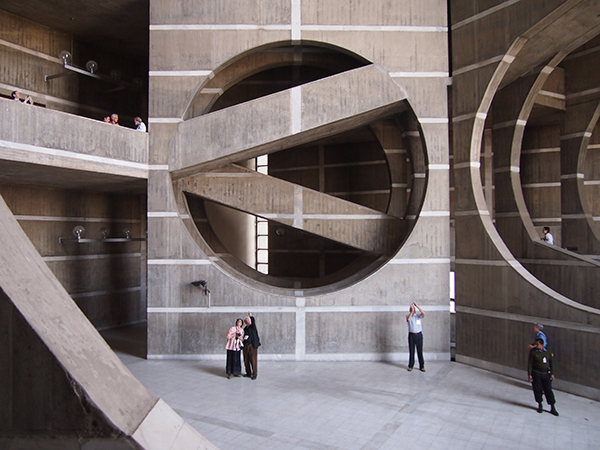
JOHN SHREVE ARBUCKLE PHOTO
Dhaka shows it best. The big meeting hall in the center is wrapped round by a peripheral circulation area created by concrete boxes that are pierced by pure circles at enormous scale, laced by heavy diagonal ramps. Deep spaces lie behind them, mounting in pools of light and darkness. The circles assault us, and we are very small before them, scattered around as insubstantial, disoriented little creatures. (Piranesi’s people looked much the same.) In contrast, Le Corbusier’s government buildings of almost the same time and in the same part of the world use their enormous sculptural power to lead human beings along to grand emotional releases and a new heroic stance of their own. Not Kahn’s, where there are no humane gestures of hope and heroic action. One implacable geometric structure rules—obeying its own eternal laws, immutable, terrible, sublime. A galaxy, a vast silence.
There has been nothing quite like it since.

VINCENT SCULLY, Sterling Professor Emeritus of the History of Art at Yale University, is one of the country’s leading architectural historians and critics. His scholarly work covers both ancient and modern architecture, and his teaching of undergraduates and architectural students during sixty-one years has broadly influenced the profession. Two chaired professorships bear his name at Yale, and the National Building Museum annually awards a Vincent Scully Prize. He was a friend of Louis I. Kahn from 1947 on and wrote the first book about him, Louis I. Kahn, published by George Braziller in 1962.


